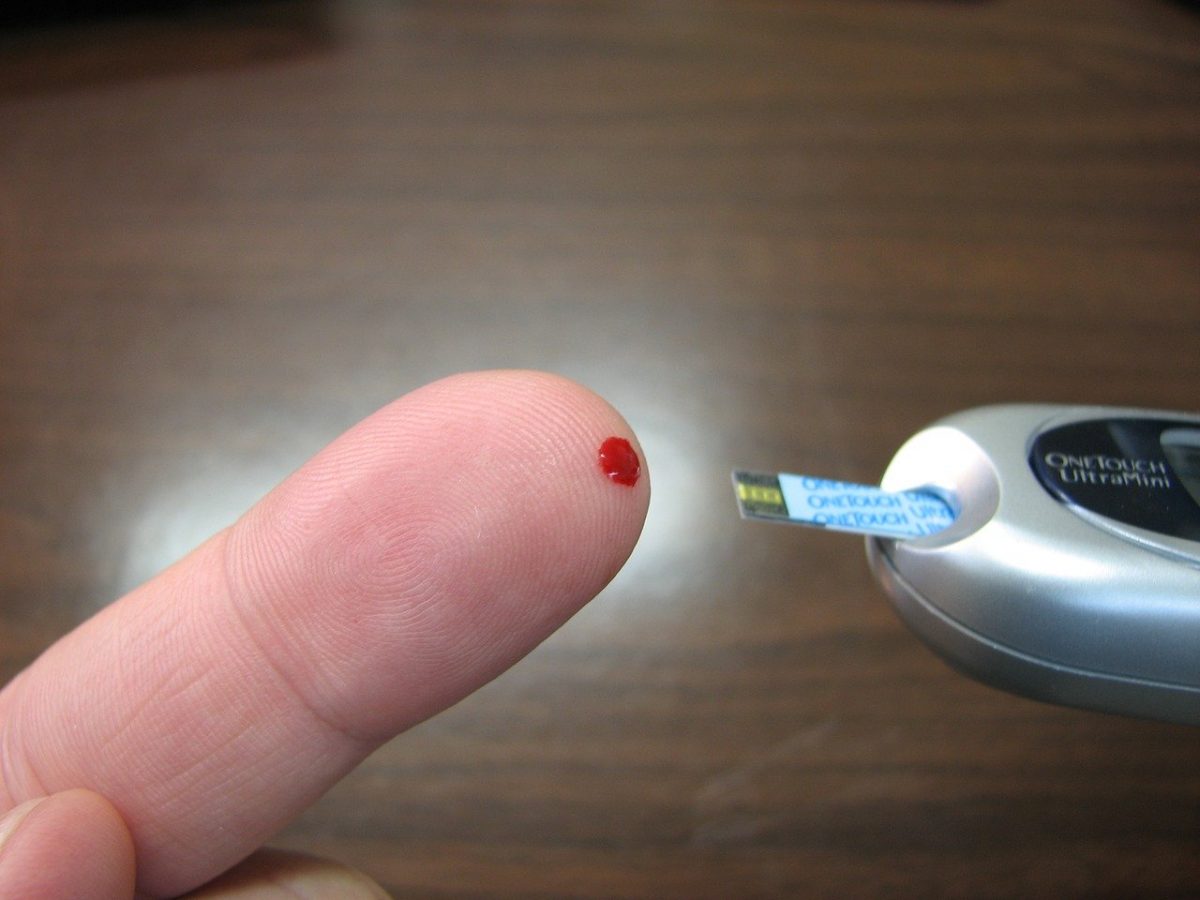A glucose test strip is a small and unassuming item, but they’re high-tech devices that make it possible for people with diabetes to monitor and manage their disease. Glucose test strips must be accurate and to ensure that they work as intended manufacturers stamp expiration dates on each batch.
Glucose test strips were originally created in 1962 for use exclusively in physician’s offices. It was a complicated process that relied on a light and dye process to analyze a blood sample. The development of home glucose meters in 1980 radically altered the way diabetic patients cared for themselves and placed the power for daily management of their disease in their own hands.
Individuals rely on the accuracy of test strips to ensure they receive correct readings of their blood sugar levels. Test strips that have passed their expiration date can give inaccurate readings that can result in individuals injecting too much or too little insulin, both of which are situations that can be deadly.
There are multiple manufacturers that create test strips and they all work in basically the same way. Today’s diabetic test strips utilize an enzyme that transforms a small blood sample into an electrical current that’s read by the glucose meter. Chemicals are used to stabilize the enzyme. A test strip is comprised of several different layers, each of which has its own specific functionality.
To ensure the accuracy of each test strip, manufacturers must closely control the way the chemicals that stabilize the enzyme is dried during the manufacturing process. The strip has to maintain an exact amount of hydration. Too little and the enzyme won’t function correctly. Too much moisture will accelerate the breakdown of the chemical.
Accuracy also depends on how much blood is allowed to enter the strip. Too much blood will overload the electrical circuit that’s created by the blood. Not enough blood and the circuit won’t be completed. Manufacturers know exactly how long the chemicals and enzymes within the test strips will provide an accurate reading.
Never use a diabetic test strip that has exceeded its expiration date. There’s no guarantee that the readings will be accurate and too much or too little insulin may be injected causing a life-threatening situation.
If you would like to find out about earning cash for your unwanted, unused and boxed test strips, complete our online quote form today.
If you have extra, unopened and unused boxes of diabetic test strips – whether you have switched brands, no longer need to test or test less frequently, or have a loved one who has passed away – don’t let them gather dust until they’ve expired and end up in the trash. We’re the best place to sell diabetic test strips online, and if you want to sell your test strips, we’re here to make the process easy and enjoyable!
Visit us at Sell Your Test Strips and get your free quote today!
Like us on Facebook

